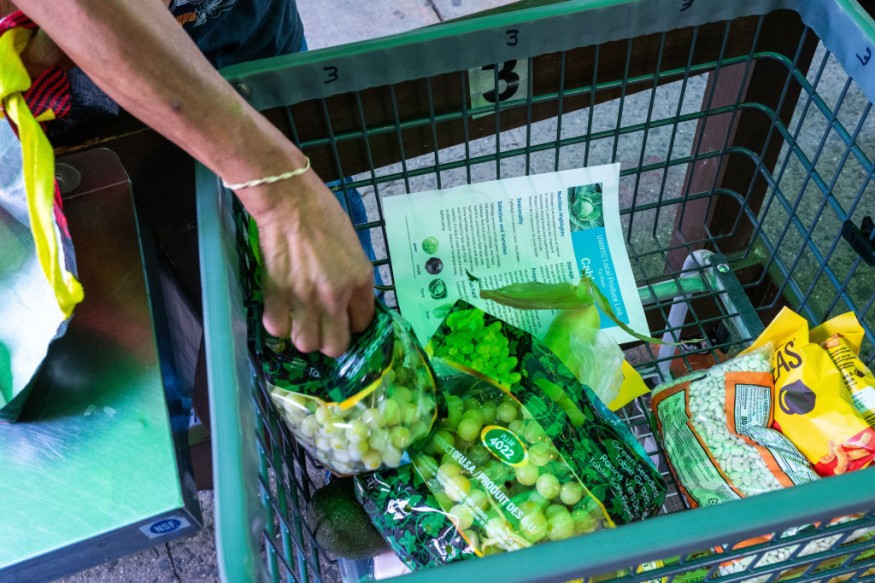SNAP Benefits Ending! Here's How to Find a Food Pantry Near You

Amid SNAP benefits ending, U.S. Department of Agriculture data noted that the emergency allotments being gone will affect more than 30 million who are participating in the nutrition assistance program.
Ellen Vollinger, SNAP director at the Food Research & Action Center, noted that a "hunger cliff" will be felt in the majority of states, with people losing about an average of $82 per month, as reported by CBS News.
States who have ended emergency allotments earlier have cited that there is an increased need for food pantries, such as in Georgia.
The president and CEO of the Atlanta Community Food Bank, Kyle Waide, told the media outlet that they are seeing "lines are getting longer" as emergency allotments come to an end.
Waide added that they have seen a 40% increase in the food pantry over the last 15 months.
The timing of the cuts of the extra funding was also off, with advocates and food pantries noting that food prices are skyrocketing.
SNAP Benefits Ending and Need For Food Pantry
Some seniors are projected to feel the brunt of the cuts in emergency allotments. There was also an increase of 8.7% in cost-of-living adjustment in January. It was considered to be the largest COLA adjustment since 1981.
The drop in some seniors' SNAP benefits is due to some factors calculated, such as income and other expenses. Social Security benefits count as income, as reported by USA Today.
Mary Johnson, a policy analyst at the Senior Citizens League, noted that they have received a very high volume of emails from older households who said they had to cut back on expenses.
Johnson added that several noted they eat one meal per day and continue to visit food pantries.
Man-Yee Lee, a spokesperson at the Greater Chicago Food Depository, said that they have been preparing since the announcement that Congress made on rolling back emergency allotments.
Lee said that they fully expect in March to really start noticing the decreased SNAP benefits and projected more people will visit the pantry.
People can also offset the drop in their SNAP benefits by participating in other nutrition programs such as the Summer meals for children; Special SNAP for Women, Infants, and Children, or WIC; and the farmers' markets programs.
Food Pantry Near You
Those who are in need can find food pantries near them through the Food Finders site.
Food Finders is a nonprofit organization aiming to address hunger while also reducing food waste.
The nonprofit organization also coordinates the daily pick-up of donated excess food from grocers, restaurants, hospitals, schools, and manufacturers, among many others.
The food is then distributed directly and immediately to nonprofit recipients such as pantries, shelters, youth programs, and senior centers.
It was first founded in 1989 by Arlene Mercer, with some of the food from her table while also engaging with volunteers to organize the food deliveries.
As of reporting, Food Finders has 471 partner agencies, 650 active food donors, and 444 active volunteers.
This article is owned by Latin Post.
Written by: Mary Webber
WATCH: Inflation drives demand at local food banks | To The Point - from ABC 10
Subscribe to Latin Post!
Sign up for our free newsletter for the Latest coverage!
















